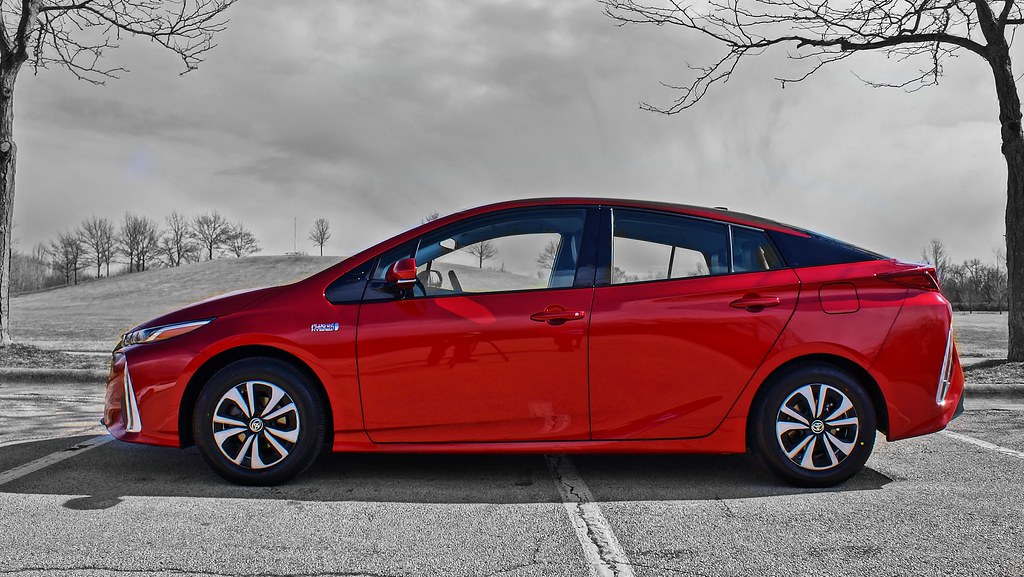Audi is set for a significant shift in how it labels its dynamic fleet of vehicles, steering away from the complex powertrain-based naming structure that has characterized its lineup since 2017. In a move that signifies a broader commitment to simplicity and electrification, the German automaker is ditching the numbers that denote a car’s power output for a more straightforward approach. This evolution in branding strategy heralds a new era for Audi, underlining its dedication to innovation, customer clarity, and environmental stewardship.
The Evolution of Audi’s Naming Convention
In the past, Audi’s naming convention involved appending a two-digit number to the model designation, indicating the vehicle’s power output. For instance, the 2024 Q5 lineup offered variants like the 40 TFSI, 45 TFSI, and 55 TFSI e, with each number representing different horsepower levels. This system, while informative, often led to confusion among consumers, prompting Audi to reevaluate its approach.

The upcoming Q6 E-Tron marks the beginning of this transformative journey, signaling a departure from linking the model name to the drivetrain’s output. Florian Hauser, Audi’s head of sales and product marketing for EVs, emphasized the brand’s focus on simplicity, not just in terms of configuration but also in streamlining the engine program. The new naming strategy is thus poised to reduce complexity, making it easier for customers to understand and choose their preferred Audi model.

Under the new scheme, Audi will categorize its cars based on the drivetrain type and the presence of the iconic Quattro all-wheel-drive system. Two-wheel-drive models will shed the powertrain-specific designation, while all-wheel-drive versions will proudly bear the Quattro badge. Additionally, performance models will feature the ‘SQ’ prefix, with the possibility of a ‘Performance’ suffix to differentiate between battery sizes.
The Implications of the New Naming Strategy for Audi’s Future
The introduction of this streamlined naming protocol also aligns with Audi’s ambitious electrification goals. By gradually phasing out internal combustion engines and enhancing its electric vehicle (EV) offerings, the brand is making a decisive pivot towards a more sustainable future. According to Hauser, this shift will not only simplify the model lineup but also reflect Audi’s commitment to reducing its carbon footprint.
Audi’s strategy extends beyond just EVs. The company plans to revise the names of its combustion engine vehicles as well, although the exact details of this change remain under wraps. This adjustment underscores Audi’s intention to maintain consistency across its portfolio as it transitions to electric mobility.
Adding another layer to Audi’s evolving branding landscape, the automaker is reassigning its model numbers to distinguish between combustion-engine cars and their electric counterparts. The next-generation A6, for instance, will adopt the A7 moniker, setting the stage for a new lineup of battery-electric vehicles. This innovative classification system will further facilitate customer understanding of Audi’s diverse range of powertrains.

Audi’s decision to overhaul its naming strategy is a testament to its forward-thinking ethos. By making its lineup more accessible and intuitive, the brand is not only enhancing the customer experience but also reinforcing its leadership in automotive innovation. As Audi embarks on this journey towards a more streamlined and electrified future, it invites enthusiasts and newcomers alike to join in its pursuit of excellence and sustainability.
The road ahead for Audi is paved with bold aspirations and transformative initiatives. As the brand phases out familiar designations in favor of a more user-friendly naming system, it reaffirms its commitment to progress, environmental responsibility, and the continued delivery of high-performance, cutting-edge vehicles. This shift is more than a mere change in nomenclature; it represents a significant step towards realizing Audi’s vision of an electrified, efficient, and exhilarating automotive future.
Related posts:
Audi will abandon its powertrain
Audi Is Finally Ditching Its Confusing Naming Scheme
Goodbye 40 TDI: Audi drops the numbered engine names that confused us all





